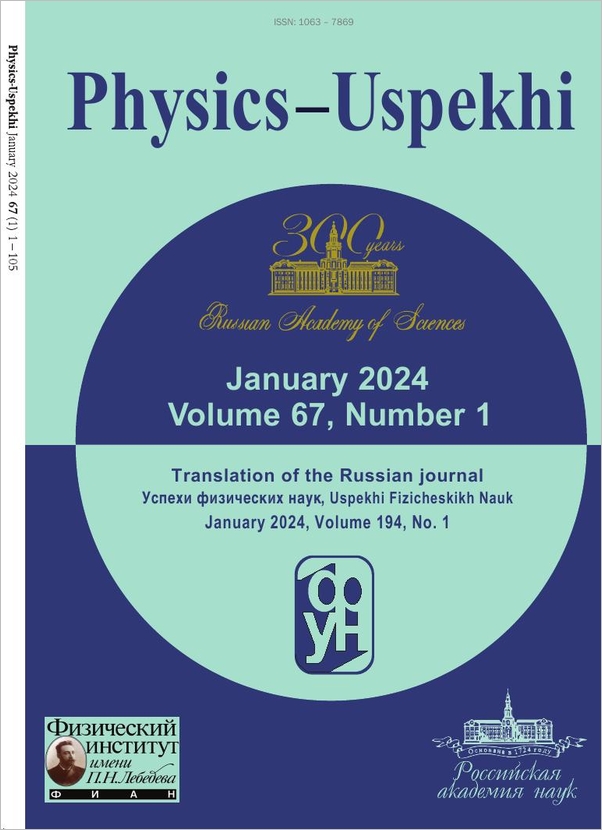|
This article is cited in 95 scientific papers (total in 95 papers)
CELEBRATING 25 YEARS OF THE LASER
Laser-induced damage in solids
A. A. Manenkov, A. M. Prokhorov
General Physics Institute of the Academy of Sciences of the USSR, Moscow
Abstract:
The current state of studies of laser-induced damage (l.i.d.) in dielectrics and semiconductors in the wavelength range from the infrared to the ultraviolet, and pulse lengths in the range 10$^{-3}$–10$^{-12}$ s, is discussed. Experimental methods used in l.i.d. studies are presented. The influence of nonlinear effects, such as self-focusing, self-defocusing, and stimulated scattering, is also discussed. Principal l.i.d. mechanisms are examined, including the heating of absorbing inclusions and defects (extrinsic mechanism) and collisional and multiphoton ionization (intrinsic processes). Statistical aspects of l.i.d. due to the probabilistic nature of the entry of absorbing defects into the interaction region and the creation of seed electrons are analyzed. The nature of the accumulation effect in l.i.d. under multiple-pulse illumination is examined. Experimental results are reported on l.i.d. in wide-gap dielectrics by infrared, visible, and ultraviolet radiation, and in semiconductors by infrared radiation. Absorbing defects play a dominant part in the damage produced in most real optical materials. Data confirming the avalanche l.i.d. mechanism in high-purity crystals are reproduced.
Citation:
A. A. Manenkov, A. M. Prokhorov, “Laser-induced damage in solids”, UFN, 148:1 (1986), 179–211; Phys. Usp., 29:1 (1986), 104–122
Linking options:
https://www.mathnet.ru/eng/ufn8060 https://www.mathnet.ru/eng/ufn/v148/i1/p179
|


| Statistics & downloads: |
| Abstract page: | 218 | | Full-text PDF : | 82 |
|





 Contact us:
Contact us: Terms of Use
Terms of Use
 Registration to the website
Registration to the website Logotypes
Logotypes







 Citation in format
Citation in format 
